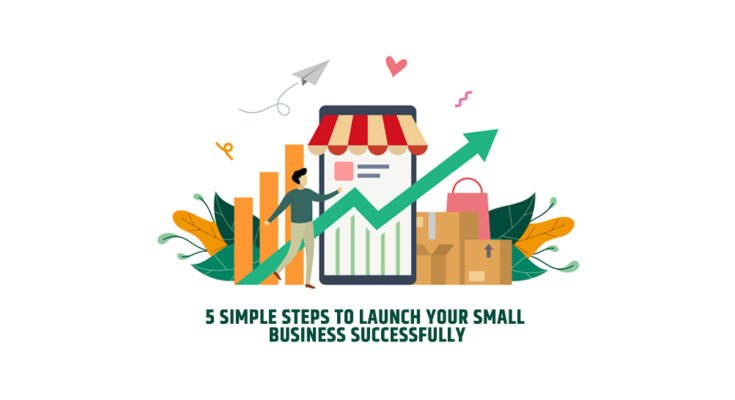Starting your own business can be an exciting and life-changing experience. While the process may seem daunting, breaking it down into clear steps can make it more manageable. Here’s a comprehensive guide on how to start a small business, step by step:
Step 1: Identify the Market Gap and Convert It Into a Business Idea
Every successful business starts with an idea that addresses a gap in the market. Look for unmet needs, problems that haven’t been fully solved, or areas where improvement is possible. If you can spot an existing flaw in a market and develop a solution—whether it’s a new product, service, or process—you’re on the path to a viable business opportunity. Keep an eye out for inspiration and remember that business opportunities often come from solving everyday problems.
Step 2: Conduct Preliminary Market Research
Once you have an idea, it’s time to research the market. Consider the following questions:
- What product or service do you want to offer?
- Who is your target audience? Are they individuals or businesses?
- How often will customers need your product or service?
- What sets your product apart from competitors?
- How will you reach your target customers, and what marketing channels will you use?
- What is your advertising budget?
These questions will help you validate your idea and lay the foundation for your business. Market research will ensure there is demand for your product or service and help you understand your competitors and customer preferences.
Step 3: Create a Business Plan
A solid business plan outlines the blueprint for your business. It includes details like:
- Financial needs: How much capital will you need to start and sustain your business?
- Partnerships: Who will be involved in the business and what are their roles?
- Sales projections: What are your financial goals for the first few years?
- Marketing strategies: How will you promote your product and attract customers?
- Cash flow: What are your expected expenses and how will you generate revenue?
Your business plan acts as both a roadmap for growth and a tool for attracting investors or lenders. It also helps you track progress and make necessary adjustments as your business grows.
Step 4: Launch Your Startup
The most critical step is actually getting started. No matter how much planning or research you do, the key to entrepreneurship is turning your ideas into reality. This stage requires action—building your product or service, setting up your operations, and preparing to engage with customers. While the planning phase is essential, the real work begins when you start your business.
Step 5: Start Your Sales
Once your business is set up, the next crucial task is selling. Whether you’re offering products or services, getting sales is essential to your business’s success. In the early stages, focus on building customer relationships, offering great service, and upselling where possible. The more you sell, the more you learn about your customers and their needs, which can help refine your product and marketing strategies.
How to Start a Small Business and Impact the World
Starting a business is challenging, but it doesn’t have to be overwhelming. By following these essential steps—identifying a market need, conducting research, creating a business plan, launching your startup, and focusing on sales—you’ll set yourself up for success. Starting your own business offers the potential to make a real impact, not just for yourself but also for your community and beyond.
Even if your goal is simply to earn some extra income, each step you take brings you closer to building something meaningful. And who knows? Your small business could change the world in ways you never imagined.








